-
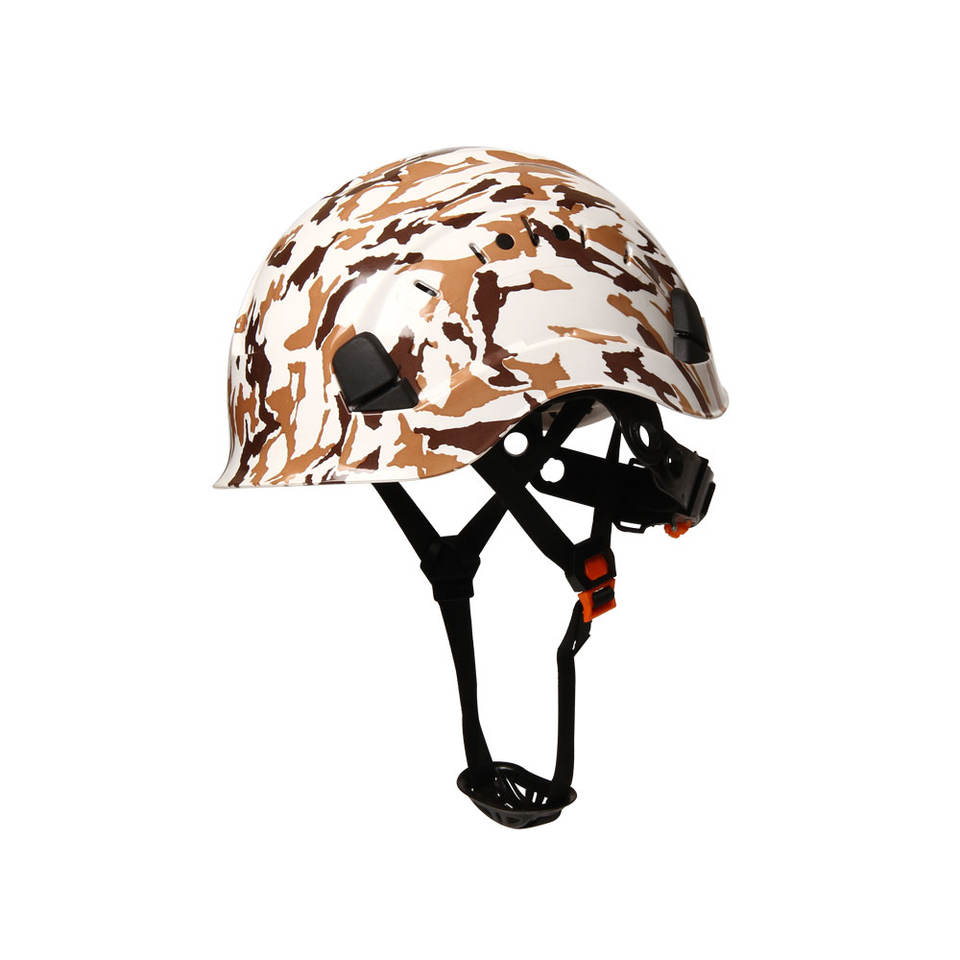
What Is The Best Way To Clean A Safety Helmet?
Safety helmets are an essential piece of equipment for many industries, including construction, manufacturing, and transportation. They provide crucial protection for the head and brain in the event of an accident or impact.Read more -
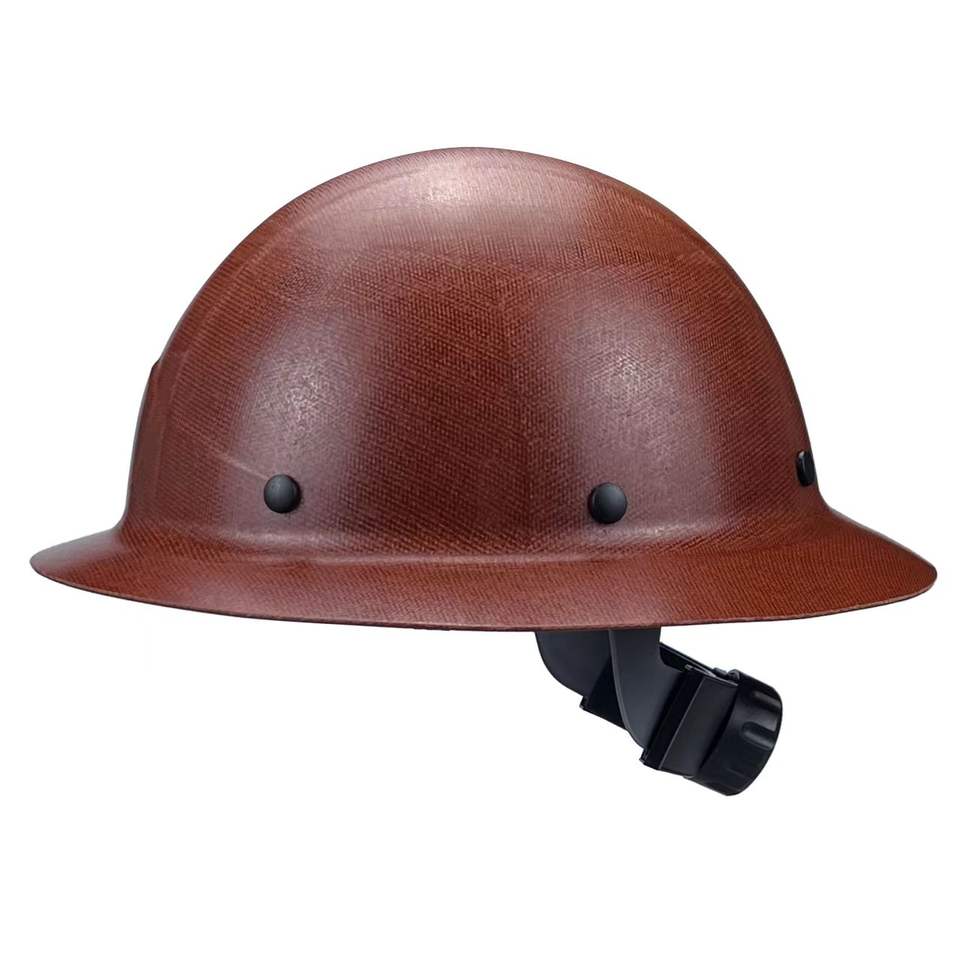
SIX TRIED AND TRUSTED HELMET CARE TIPS
When you’re not wearing your helmet, make sure you carry it correctly.Strapping your helmet to a bag or swinging it around can lead to small knocks and bangs. The same can happen if you place it into the overhead luggage compartment when you’re travelling.These impacts aren’t the same as those experienced in a crash but over time they can reduce the helmet’s lifespan and affect its performance.Read more -
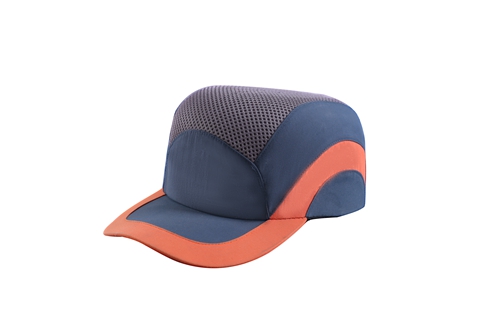
Taking Proper Care of Hard Hats
Hard hats are a common sight on many worksites. Depending on their industrial class, they can protect against impact and penetration caused by falling objects, and against high-voltage shock and burn. But the continued strength and lifespan of the wide range of hats used on job sites—from full brim to cap hard hats and bump caps—depends on proper maintenance. This is why it’s important to train employees in the correct way to care for their PPE.Read more -
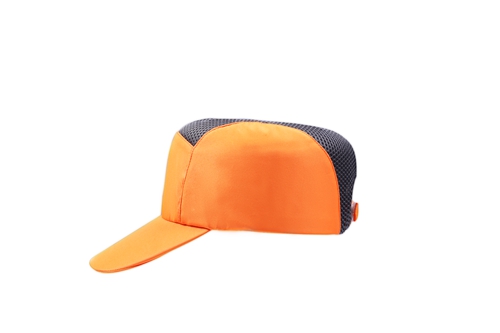
Hard Hat Safety: Care, Maintenance, and Inspection Essentials
A hard hat can be all that stands between a construction worker and serious head injury or death. But like all personal protective equipment (PPE), proper inspection, care, and maintenance are vital to maximizing safety when it's needed most.Even the best-made hard hats will eventually wear out and incur damage from sun exposure, chemicals, or impacts that reduce their protective properties. In this blog, we explain the best and realistic practices for hard hat inspections that make sure your headgear is up to the job.We’ll also help you extend the useful life of your equipment by going over the essential dos and don’ts of hard hat care and maintenance.Read more -
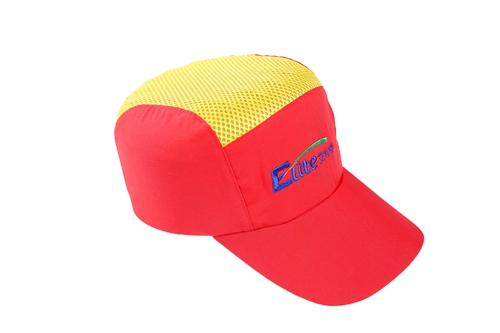
Cleaning and care: What's best for your safety helmet
Safety helmets should be adjusted according to proper fit and donning instructions to provide the best possible protection.When on your head – Never wear or store anything under your safety helmet except your head, even a sock cap or ball cap, as performance cannot be guaranteed and may result in injury (unless manufactured specifically for safety helmets, such as cooling technology).Suspension adjustments – Always adjust the suspension straps to maintain the proper fit to your head. You’ll want to find a spot where the safety helmet feels secure, yet not painfully tight. A loose safety helmet will not protect you as well as a properly fitting one.Reverse-donning – Before wearing backward, check if your safety helmet can be worn reverse-donned, which is represented by a reverse-donning symbol of two arrows following each other in a circle. The manufacturer is required to add this symbol if the helmet has reverse donning qualifications that meet the American National Standards Institute. The manufacturer may also specify that the suspension must be reversed in the helmet, so that the brow pad is against the forehead and the extended nape strap is at the base of the skull, leaving only the shell of the helmet positioned backward on the head.Read more -
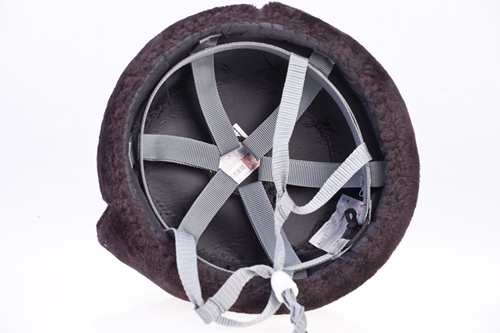
Instruction about Cleaning Safety Helmets
Generally, keeping the safety helmet clean can effectively extend its service time, especially for those helmets always exposure to outdoor environments. But the inappropriate way of cleaning may damage the surface of safety helmets instead of keeping it clean.Read more -
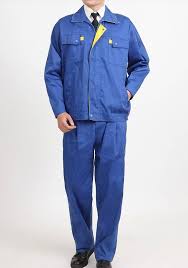
NAVIGATING THE WORKWEAR SAFETY STANDARDS LANDSCAPE: A COMPREHENSIVE OVERVIEW
In the fast-paced world of industries and workplaces, the importance of ensuring the safety of workers cannot be overstated. Workwear safety standards play a pivotal role in safeguarding employees and creating environments that mitigate potential risks. As regulations evolve and technologies advance, understanding the intricate landscape of workwear safety standards becomes essential for businesses and workers alike.Read more -
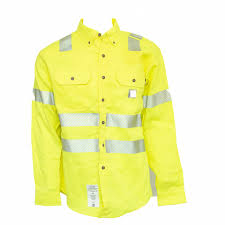
A Deep Dive Into High Visibility Clothing For Construction Workers
Ensuring worker safety in construction zones necessitates a keen focus on visibility. This is where the role of high-visibility clothing becomes paramount. Essentially, these are garments designed to make construction personnel easily noticeable amidst the hustle of a busy worksite. Their striking colors and reflective materials serve as a critical safety measure in low-light conditions and areas bustling with activity.Read more -
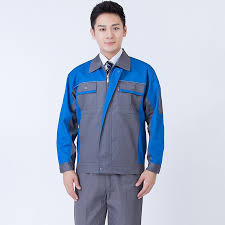
High Visibility Clothing Requirements
On November 24, 2008, a new federal regulation, 23CFR634, went into effect mandating that anyone working in the right-of-way of a federal-aid highway must wear high-visibility clothing.Part 634 states: "All workers within the right-of-way of a Federal-aid highway who are exposedeither to traffic (vehicles using the highway for purposes of travel) or to construction equipment within the work area shall wear high-visibility safety apparel."Read more
Email :
person0317@163.com
